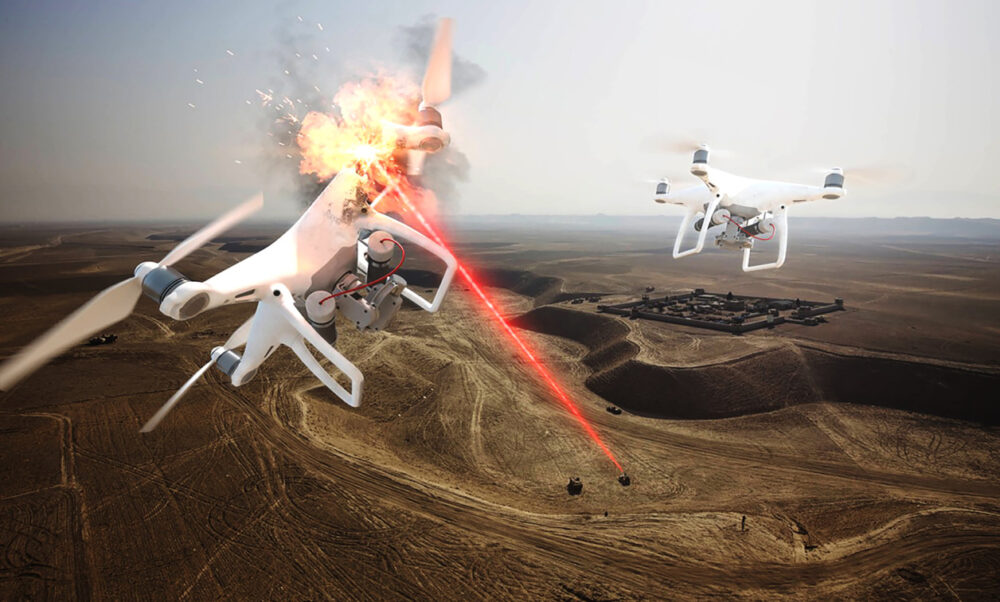Introduction
The rapid proliferation of drone technology has unlocked countless opportunities for innovation and convenience across various industries. However, with this advancement comes the potential for misuse and threats to security. Ensuring the safe and responsible use of drones is paramount to maintaining public safety, privacy, and the integrity of critical infrastructures. In this article, we will explore strategies to conquer drone threats and establish a comprehensive defense against their potential misuse.
- Advanced Detection Systems
The first line of defense against drone threats involves the implementation of advanced detection systems. These systems utilize a combination of radar, radio frequency (RF) sensors, and visual recognition technologies to identify unauthorized drones. By establishing no-fly zones and monitoring restricted areas, authorities can detect and respond to potential threats in real-time. AI-powered algorithms can differentiate between harmless drones and those exhibiting suspicious behavior, allowing for a swift and accurate response.
- Jamming and Disruption Technologies
Jamming and disruption technologies are effective countermeasures against malicious drones. These methods involve interfering with the drone’s communication and navigation systems, rendering it unable to function properly. By utilizing radio frequency jammers and other electronic countermeasures, security personnel can neutralize drone threats without causing physical harm. However, it’s crucial to ensure that these methods adhere to regulatory guidelines to prevent unintended disruptions to legitimate drone operations.
- Anti-Drone Drones
In a proactive approach to drone threat mitigation, anti-drone drones can be employed to intercept and neutralize unauthorized drones. These specialized drones are equipped with capture nets, radio frequency jammers, or even trained birds of prey to disable or take control of rogue drones. Anti-drone drones provide a mobile and adaptable solution for countering threats in dynamic environments, such as public events or critical infrastructure locations.
- Legal and Regulatory Frameworks
Establishing comprehensive legal and regulatory frameworks is essential to conquer drone threats effectively. These frameworks should define the permissible uses of drones, establish no-fly zones, and outline the consequences for violating regulations. Governments and aviation authorities must work collaboratively to develop and enforce these regulations to ensure a standardized approach to drone operations. Public awareness campaigns can also educate drone users about their responsibilities and the potential consequences of misuse.
- Education and Training
Empowering law enforcement personnel, security teams, and the public with the knowledge and skills to respond to drone threats is crucial. Training programs should cover topics such as drone identification, risk assessment, and appropriate response protocols. By fostering a well-informed community, the ability to quickly and effectively address drone threats is enhanced.
- Collaborative Efforts
Conquering drone threats requires a collaborative effort involving government agencies, private sector entities, academia, and technology developers. Sharing threat intelligence, technological advancements, and best practices can foster a holistic and proactive approach to mitigating drone-related risks. Collaboration can lead to the development of innovative solutions and the establishment of a united front against drone threats.
Conclusion
As drones continue to integrate into various aspects of society, the potential for misuse and security threats cannot be ignored. By implementing advanced detection systems, utilizing disruptive technologies, deploying anti-drone drones, establishing robust legal frameworks, providing education and training, and fostering collaborative efforts, we can effectively conquer drone threats and ensure the safe and responsible use of this transformative technology. Through a multifaceted approach, we can safeguard our skies and protect the well-being of individuals and critical infrastructure.
